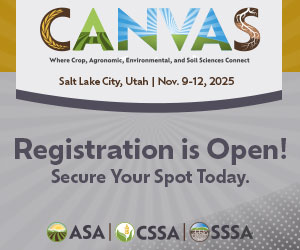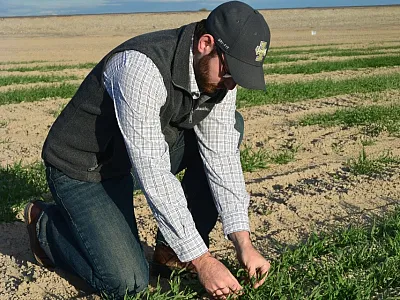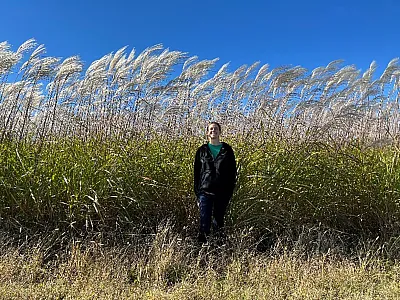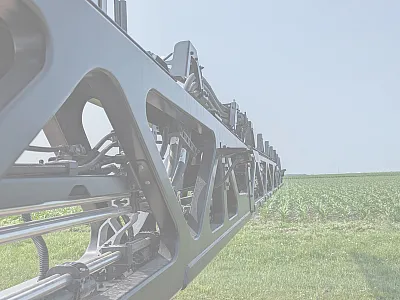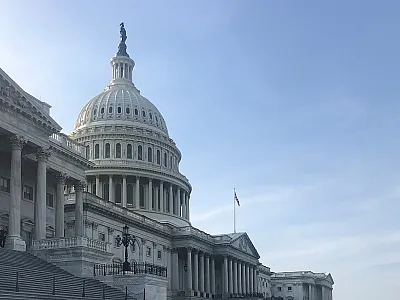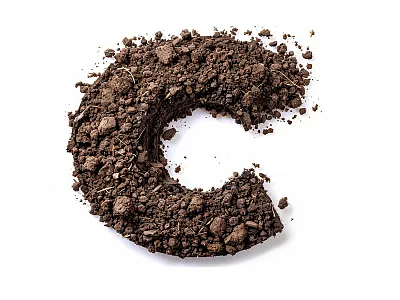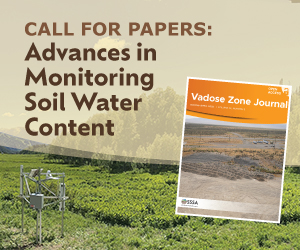Adding Ecosystems to Long- Term Waste Isolation Covers
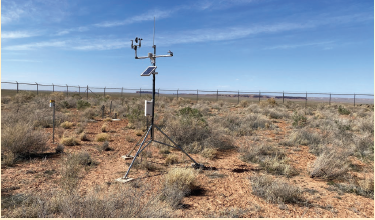
Across the southwestern United States, radioactive ore containing uranium was mined for national defense and energy beginning in the 1940s. Uranium processing produced large volumes of waste containing uranium-238. This radioactive isotope decays to lead over a 4.5-billion-year half-life, producing the harmful, radioactive gas radon-222 as a byproduct.
In 1978, Congress enacted the Uranium Mill Tailings Radiation Control Act (UMTRCA) to provide for the sound disposal and long-term stabilization of uranium mill tailings. Legacy tailings were reengineered into mesa-like structures with steep sides and a flat surface covered with 3 ft of compacted clay to inhibit radon gas emissions for 1,000 years. Today, 30 years after construction, UMTRCA covers are showing signs of change.
In a recent article in Vadose Zone Journal, researchers discuss the conversion of UMTRCA covers from hydraulic barriers to evapotranspiration (ET) or water balance covers. Evapotranspiration covers minimize percolation by storing precipitation in soils during wet periods, releasing it later as ET from plants. This article presents the short- and long-term implications of adding vegetation atop UMTRCA covers and the need for more adaptive monitoring and modeling to evaluate the performance of an ET cover system.
Adapted from Caldwell, T.G., Tabatabai, S., Huntington, J.M., Davies, G.E., & Fuhrmann, M. (2022). Evapotranspiration covers at uranium mill tailings sites. Vadose Zone Journal, 21,e20222. https://doi.org/10.1002/vzj2.20222
Text © . The authors. CC BY-NC-ND 4.0. Except where otherwise noted, images are subject to copyright. Any reuse without express permission from the copyright owner is prohibited.




